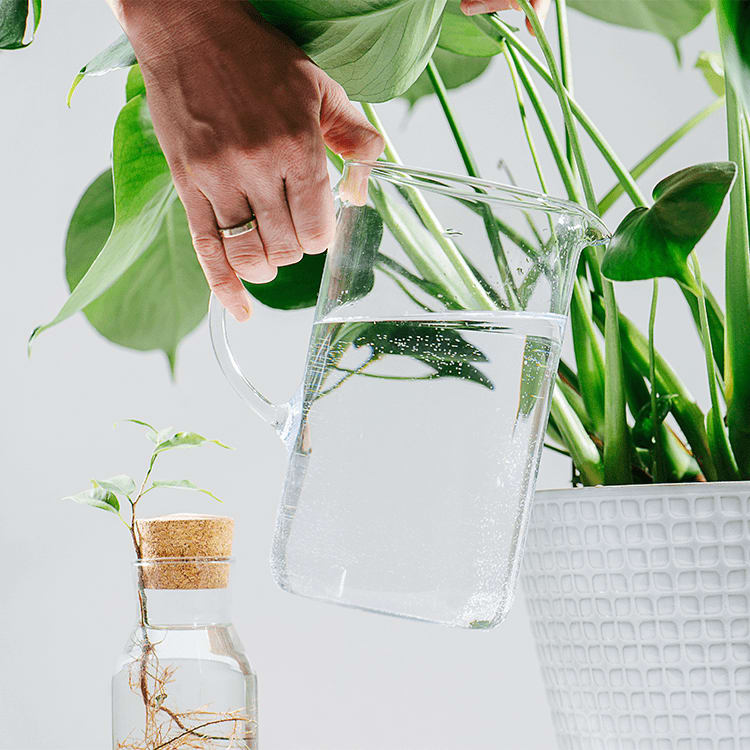Are You a Watering Whiz?
Good plant watering technique is what sets apart the plant care rookies from the seasoned pros. Improper watering can knock out your plants faster than you can say, “bottom’s up!” Think you have what it takes to call yourself a true watering whiz? Take the test to find out if you’re up to the challenge.
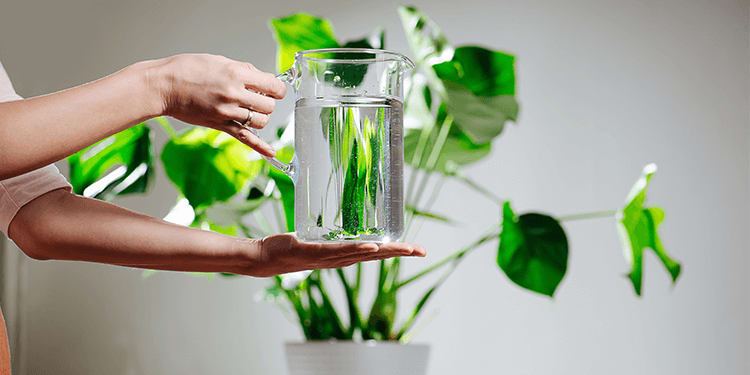
What’s the best temperature for watering houseplants?
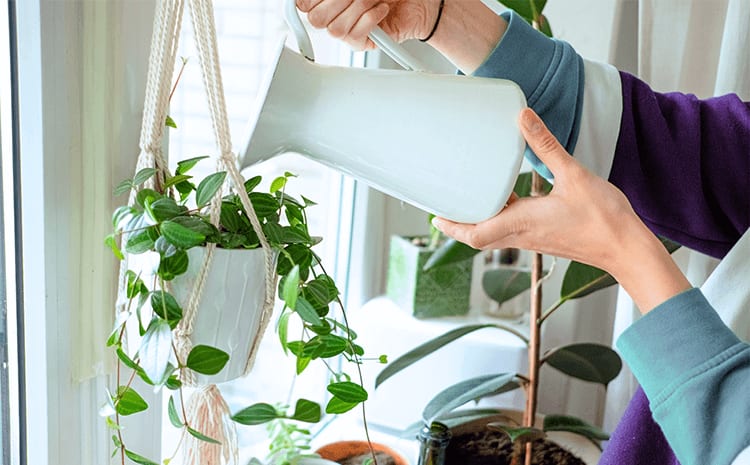
The root systems of plants can be quite sensitive to changes in temperature. Stress to the roots of a plant can cause wilting or yellowing of leaves. Think of the roots as the plant’s brain—you want to protect this complex system to ensure the rest of the plant grows and functions properly. Avoid watering your plants with ice-cold or hot water. Room-temperature water is the ideal choice.
Hot
Cold
Room Temperature
All are equally effective.
How do you water a tillandsia?

Tillandsias are epiphytic, which means they absorb moisture from the air. They naturally grow in a very humid climate, so to give them the moisture they need, there are a few different methods you can try. It’s a good idea to alternate between misting and soaking your plant to keep it from drying up. Strangely enough, it’s actually best to use rainwater instead of tap water if possible.
Soak it in water for ten minutes, once every two weeks.
Hold it under a running faucet for several minutes.
Mist it with a spray bottle.
Soak it in a cup of rainwater.
Any of the above.
Why shouldn’t you water the leaves of an African Violet?
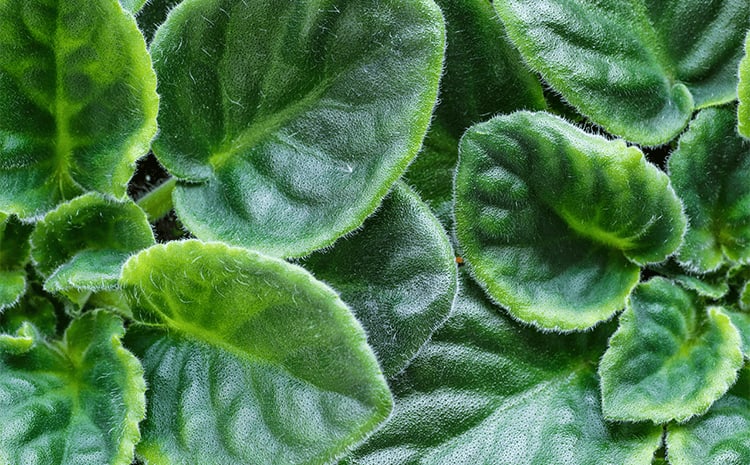
African violets have fuzzy leaves that feel just like velvet. While these popular flowering houseplants are typically easy to care for, you need to avoid watering the plant overhead because moisture can collect in the fuzzy foliage and will quickly develop mold. However, if you water the soil by placing the pot in a saucer of water it will wick up from below, the foliage will remain dry.
They’re too delicate.
They’ll get moldy.
It stops the plant from blooming.
All of the above.
None of the above.
True or False: Overwatering your container plants is worse than underwatering them.
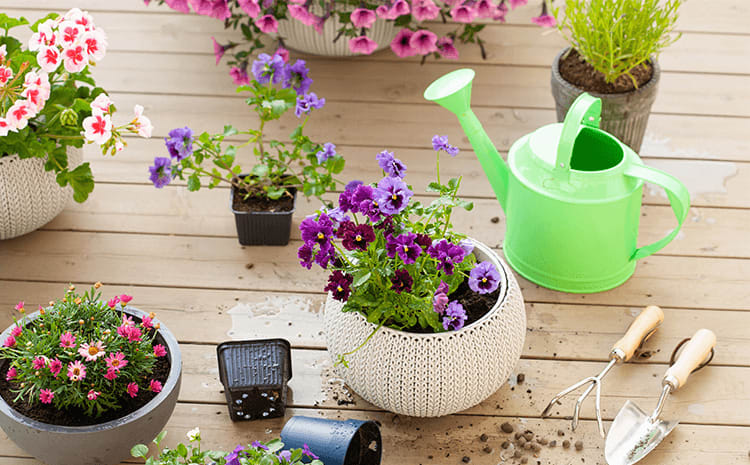
It’s much harder for a plant to bounce back from overwatering! Overwatering causes soggy, waterlogged soil, which can lead to an overgrowth of bad bacteria or fungi. Root rot will attack the sensitive roots of your plants, and it’s very hard to treat rotting roots without shocking a plant that’s already in bad shape. Fungi in soggy soil can also attract fungus gnats, and their larvae will chow down on your plant’s roots. Most houseplants prefer if the first few inches of soil in their pot dries out before getting watered again. Plant pots with holes in the bottom are always recommended for preventing moisture buildup.
True
False
What’s a good way to provide humidity for indoor plants?
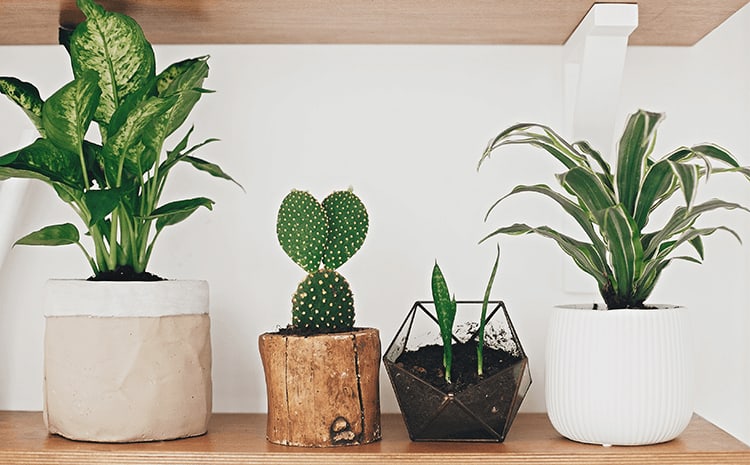
So many of our favorite indoor plants come from areas of the world with humid, tropical weather. Here in the Great Plains, we certainly don’t have a coastal climate, and our dry air can be tough on plants. All of the above methods are very effective at providing plant foliage with extra moisture.
Put them in the bathroom and turn the shower on to fill the room with steam.
Spray them with a fine mister.
Place them on top of a tray of pebbles filled with an inch of water.
Use an electric or battery-powered humidifier.
All of the above.
When is the best time of day to water your garden?
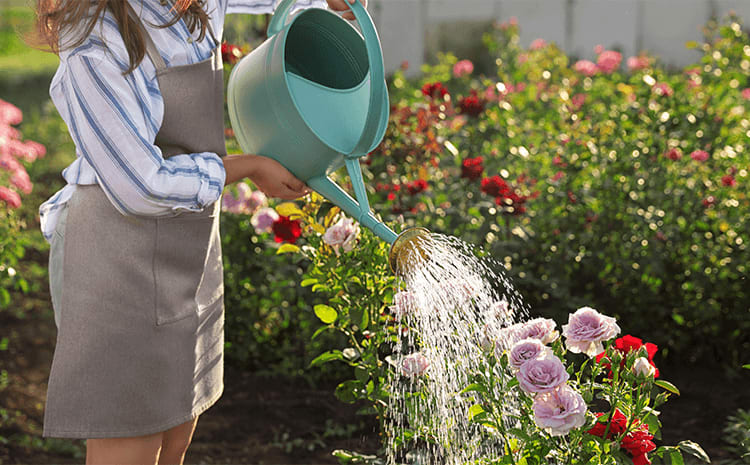
If you water your garden early in the morning before the soil is warm from the sun, the water will help insulate your plants’ roots and protect them from heat stress. It also gives your plants a better opportunity to soak up moisture because water evaporates faster during the warmer parts of the day. Watering too late in the day can lead to disease issues if water droplets remain on leaves or flowers overnight.
Morning
Noon
Late afternoon
Evening
Doesn’t matter
What’s the best way to water a phalaenopsis orchid?
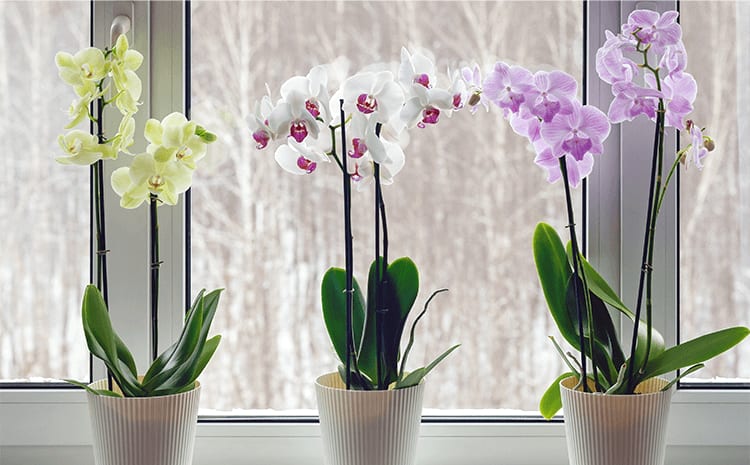
Orchids get a bad rap for being supposedly high-maintenance, but the phalaenopsis orchid really isn’t tough to care for at all! Just give that root ball a good rinse every week or two, gently shake off the excess moisture and place it back in the pot. Many people insist you can use the ice cube method, but we don’t recommend it, as the cold temperature can shock your orchid’s roots.
Put ice cubes in the pot.
Mist it with a spray bottle.
Soak it in a bowl of water.
Hold the roots and potting medium under a running tap for 15 seconds.
Fill the whole pot with water.
Why should you let tap water sit out for a day before watering your potted plants with it?
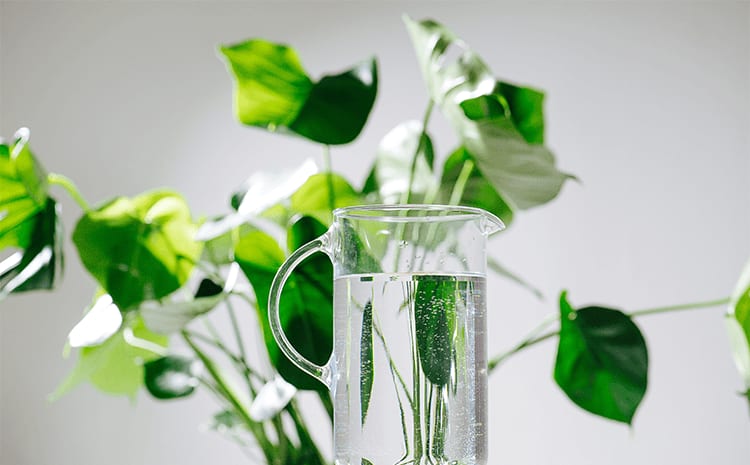
Tap water has trace amounts of chlorine in it, and while it’s safe for us to consume, it can build up in the soil of your potted plants over time, which isn’t great for your plants. While minerals are also good for your plants in the right amounts, sometimes hard water from the tap can contain too many minerals, and these will build up and calcify around the bottom of your plant pots. Letting your tap water sit out for at least one day will help to keep these things from harming your plants.
So it reaches the perfect temperature.
Minerals and chemicals will settle and evaporate from the water.
It will develop trace amounts of good bacteria.
The pH will neutralize.
None of the above.
During the hottest weeks of July, how often should you be watering your hanging baskets full of summer annual flowers?
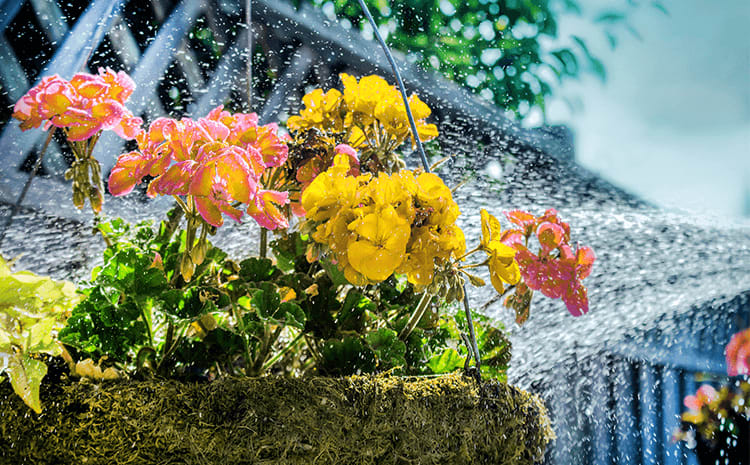
It can get pretty hot during the peak summer months, especially if your container plants are in direct sunlight all day. On particularly hot days, you might notice the soil drying out quickly. If you haven’t experienced much rain, it’s a good idea to give your baskets a thorough watering every morning. This will help protect them from heat stress later in the day. There may be a need however, during extreme wind and heat to water a second time if plants are rootbound, especially in small planters.
Twice a day
Every day
Every 3–4 days
Once per week
Once every two weeks
How can you slow down the evaporation of water in your garden soil during hot summer weather?
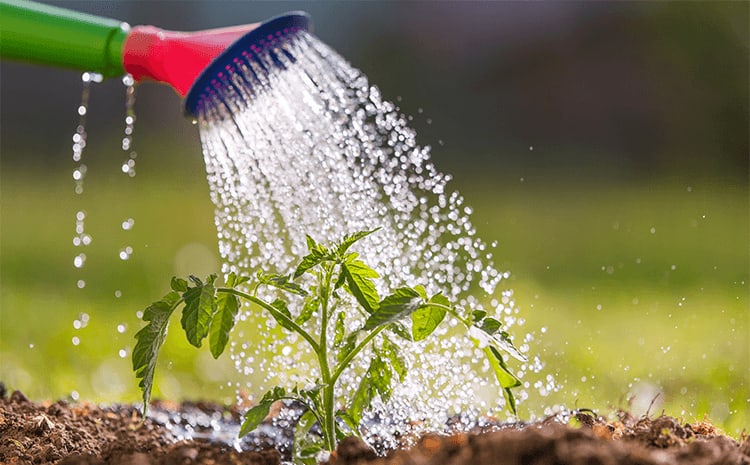
Mulch doesn’t look like much, but it has so many benefits for our gardens! It’s typically made from chipped bark but can also be made out of straw or shredded leaves. It blocks the sun from directly hitting the soil surface and heating it up, which can dry up all that precious moisture. With a nice blanket of mulch, your plants stay hydrated longer, and you don’t have to water as often. Fun fact: it helps block weeds from sprouting, too!
Run the sprinkler all day.
Mix sand into the soil.
Mix lime into the soil.
Use mulch.
All of the above.
Want to receive exclusive gardening advice and be first to know about what's going on at Kaw Valley?
Enter your email and view your results!
You got {number correct}/{number of questions} correct answers
Erm...well, this is awkward. Hey, on the bright side, you have nowhere to go but up! Everybody’s gotta start somewhere. Learning the basics of plant watering isn’t hard, and you can always keep a little cheat sheet on the fridge with instructions. If you’re looking for low-maintenance, easy-to-grow plants that are perfect for beginners, visit a Kaw Valley Greenhouses location in spring for some starter plants to kick off your collection!
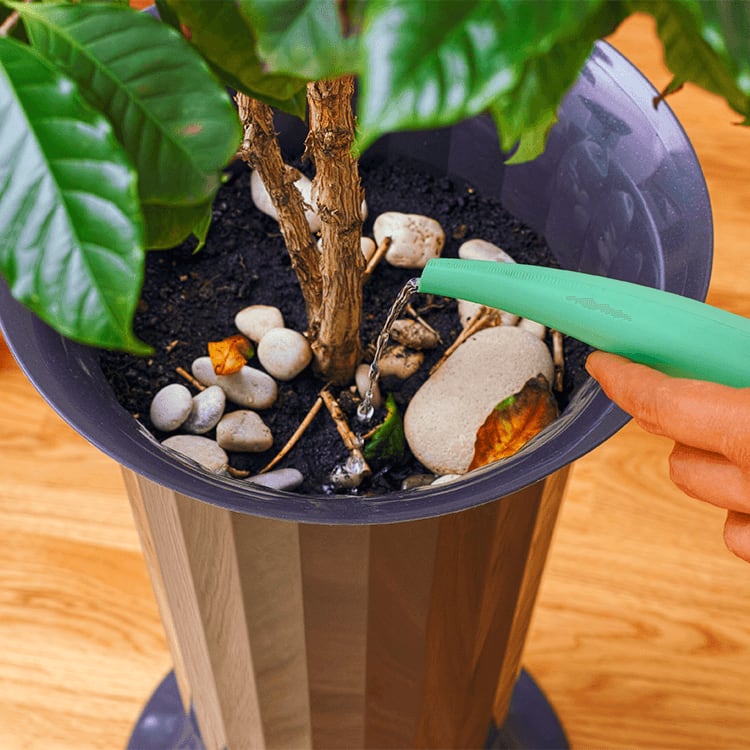
You got {number correct}/{number of questions} correct answers
Well, you’re not exactly an expert quite yet, but you’re getting there. Patience, young grasshopper! With a little practice, you’ll be able to learn the basics and properly navigate plant watering. Having a totally swoon-worthy garden or houseplant collection is a super attainable goal—no need to be intimidated by the process. There are already plenty of plants that suit your skill level and a little trial and error is an excellent way to improve your technique.

You got {number correct}/{number of questions} correct answers
You’re no rookie, but you haven’t quite achieved master status yet. You probably know your way around a standard veggie garden filled with beginner plants like beans or tomatoes, but now you’re ready to take on something a little more advanced, like watermelons and pumpkins. Low-maintenance perennials are a piece of cake, but exotic tropicals and fast-growing annuals might be just the right challenge to keep you on your toes.
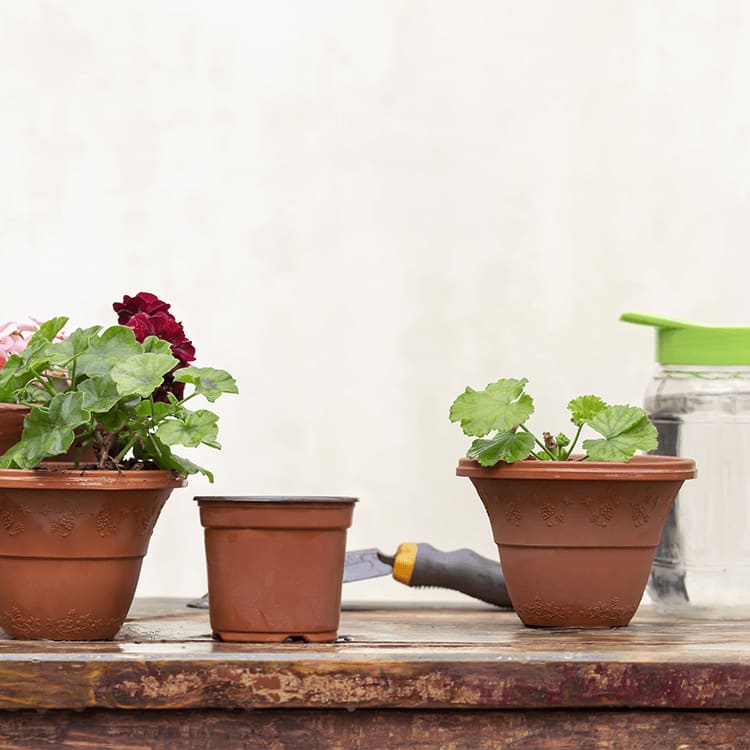
You got {number correct}/{number of questions} correct answers
Hey, not too shabby! You’ve got some pretty solid skills when it comes to plant care, but you could still stand to learn some more advanced techniques and insider tips to get the best results. Check our blog archives for instructions on all sorts of different plants, like indoor herbs or succulents! If you want to try and grow some exotic plants that require more diligent care, pop by a Kaw Valley Greenhouses location in spring.

You got {number correct}/{number of questions} correct answers
Color us impressed! You’re a true watering whiz, and you’ve got the chops to build up a garden and houseplant collection that will leave your friends green with envy. With skills this sharp, it’d be a shame not to put them to good use! Plants brighten our mood, beautify our homes, feed local wildlife, and purify the air, so knowing how to care for them properly can benefit your life in a major way!
